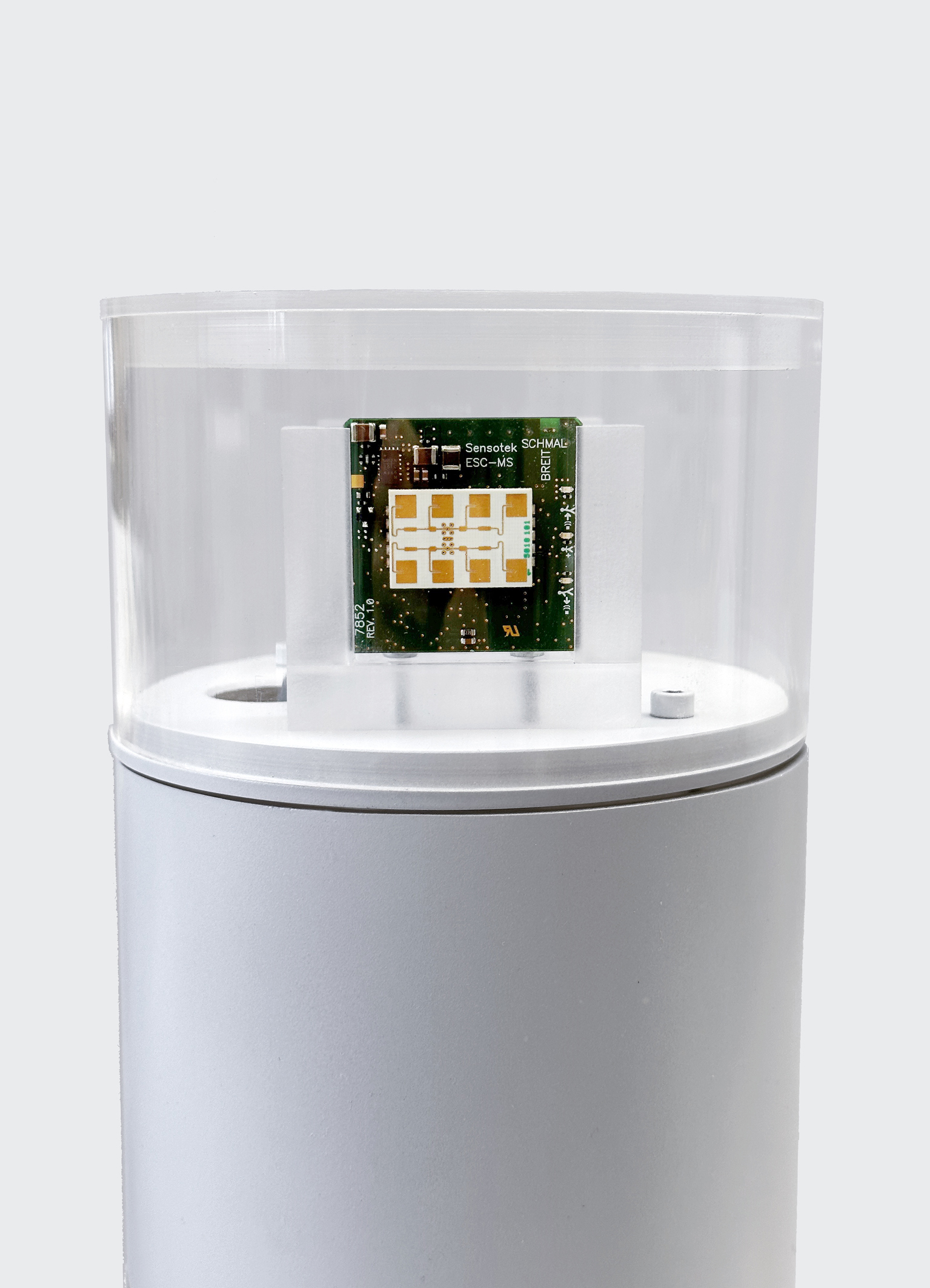It is impossible to imagine stores without radar technology for opening gates.
Using radar as an opener provides simple, safe, and automatic access to the customer at the store entrance with maximum comfort. During the opening phase, the invisible radar module is supported by equally invisible photoelectric sensors or photoelectric proximity switches to keep the passageway safely and conveniently open for people with or without shopping carts, so that they do not come into contact with the gate. After the customer passes through, the gate returns to the closed rest position, which is again monitored by the sensor system until the next cycle is triggered.
Walking past an entrance in parallel without triggering the opening process at the store entrance is just as important as the easy entrance itself, and is provided by the so-called “cross-traffic suppression” feature. This is a typical issue in the aisles of shopping malls or arcades, where people walk along just to look at the displays.
Whether one is “entering” or merely “passing by” can be technically distinguished by a Doppler radar system, which is the preferred use here since in most cases it is undesirable for a gate to open just because someone is walking by. In such cases this cross traffic is suppressed by the radar.
The on-site conditions determine how the radar sensor is ultimately to be installed and parameterized. Depending on the structural conditions, it may make sense to use the radar’s narrow or wide detection field. The same applies to the range, whether it is more appropriate to use the near or far field of the sensor in individual cases. These points can be considered during installation and decided as required because the sensor offers these technical options from the outset.
If statistical data on the number of people entering the gates is required, or if only the sum of the movement cycles is needed for planning precautionary maintenance intervals of the gates, the count output of the radar can also be queried in order to make a fact-based decision.
Furthermore, it is also possible to view the count output of the radar as a live signal for the module itself, in order to be able to remotely assess the functionality of the overall system. This means that every radar sensor already contains a considerable package of basic intelligence, which can be further expanded depending on the application.





